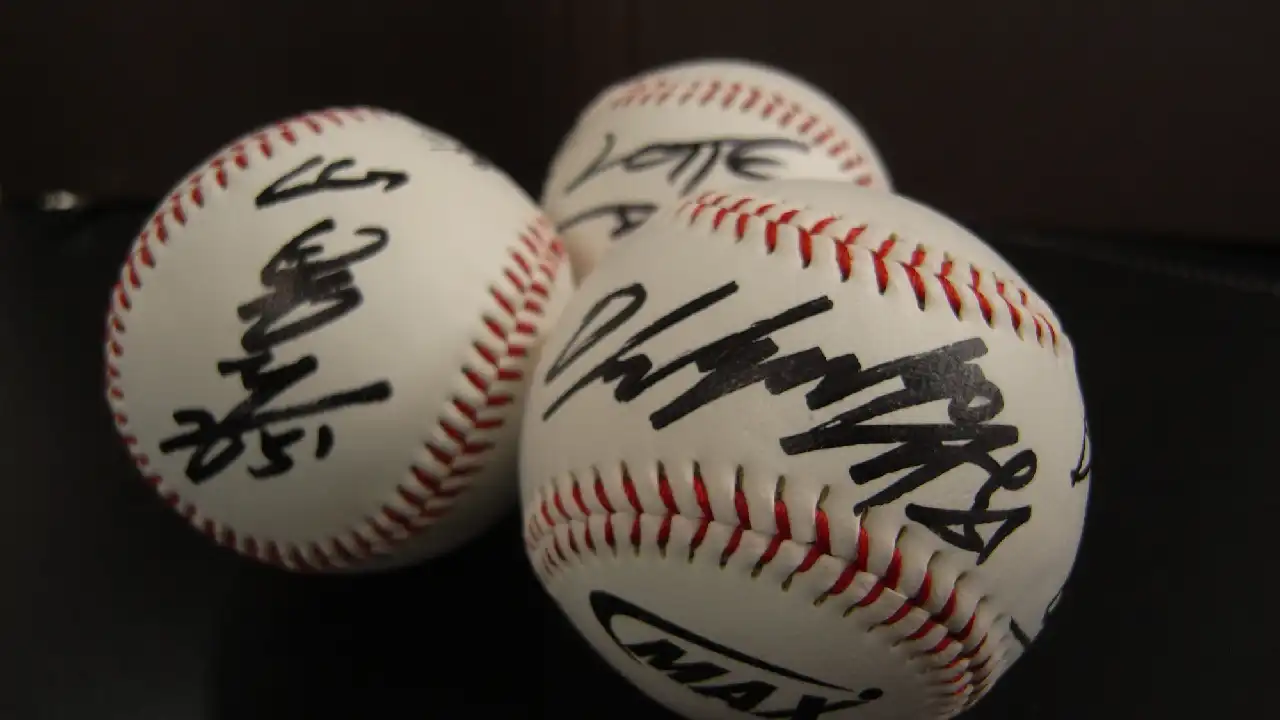NEWS
A Guide on How to Authenticate an Autograph

Authenticate an Autograph
Have you ever wondered how an autograph is determined to be real? It can be a tense and exciting process, but it doesn’t have to be.
Having the right means of understanding what steps to follow coupled with a bit of knowledge and some resources should make the process run smoothly. Just ensure you hire a qualified authentication service for all your autograph authentication needs.
Keep reading to learn how to authenticate an autograph.
Research the Autograph
Authenticating an autograph can be both an exciting and daunting task. Before making an informed judgment on the authenticity of a signed item, you must first research the autograph.
Start by exploring the history and background of the autograph. Look into the document, book, or signature photo and determine when was the first signature.
Research various auction houses, reputable collectors, and hobby publications for any prior transactions involving the autograph. It will help you in verifying your autograph.
Ask for a Certificate of Authenticity
The most essential step in authenticating an autograph is to ask for a Certificate of Authenticity or CA. The certificate must come from a reputable autograph authentication service, such as PSA/DNA or JSA. It must include a statement of authentication and contact information for the authenticator.
It should also include a serial number associated with the particular autograph. The CA should also have an authenticity hologram that you can track back to the specific item.
It is also essential to look for an autographed release from the company that has verified the item or some form of printed signature verification. Here are some benefits of an authenticated autograph:
Greater Resale Value
The benefits of certified autographs come with more excellent resale value than non-certified autographs. Authentication confirms the natural origin of the autograph. Forensic certifications prove a signature cannot be fraudulent or tampered with.
When you sell sports memorabilia, authenticated autographs can bring higher prices at auctions. It can increase the investment portfolio of anyone that collects the autographed product. Even replicas of signatures create lasting value and reflect the rarity and authentication.
Increasing the Collectibility of the Autograph
Certified autographs increase the collectibility of an autograph. Collectors place a high value on authenticated autographs. It guarantees the authenticity of the signature and its provenance.
A certificate of authenticity and encasement can help collectors ensure that the piece is well-protected from physical degradation and potential future forgery. By investing in certified autographs, collectors can increase the collectibility of an autograph. They can ensure that any investment is secure and pass it on through generations.
Increasing in Value Over Time
Autographs of famous figures are often sought after and valuable. Investing in certified autographs is a great way to increase value over time. It provides an excellent return on investment.
Certified autographs undergo verification and authentication. It helps ensure that they remain timeless and priceless.
Investors can have peace of mind that their investment is a quality item. It makes it a wise decision for those looking to benefit in the long term. Furthermore, the item may receive extra promotions and publicity, increasing its value.
Look for Signs of Wear and Tear
When authenticating an autograph, looking for signs of wear and tear is essential. The pen or marker should leave an impression on the signature during the signing. It should be visible when looking.
Additionally, the autograph should have no damage around the signature area and should be free from any signs of fading or smudging. It is also essential to examine the material the autograph is on, such as a book or a photograph.
Authentic autographs often have a slight yellowish tint or discoloration. It indicates a genuine piece. The autograph should also match up to other items on the market to ensure it is the original piece.
Inspect for Any Tampering
Inspecting for any tampering is an essential part of authenticating an autograph. It involves a thorough examination of the autographed item. Start by looking for minor tweaks or alterations to the signature to confirm it is genuine.
Additionally, examine the paper or material used for the signature. Check for wear and tear around the edges or creases in the paper to make the signature seem original. Authentic autographs are usually on sturdy paper or high-quality- material that is difficult to tamper with.
Additionally, examine the signature itself for any signs of tampering. If there are any signs of erasures or missing ink, this is a sign of tampering.
Consider the autograph not authentic. Through a detailed inspection process, it is possible to confirm whether an autograph is genuine.
Hire a Professional Authenticator
The most effective way to find out if an autograph is real is to hire a professional authenticator. Professional authenticators know how to look at a signature and have the skills to do so.
They look at it from the points of view of art, resources, and other fields to come to an informed decision. They stick to a strict set of rules about how to act.
They are also members of groups like the Professional Autograph Authentication Council (PAAC), which is a group of professionals who work together. When hiring an authenticator, it’s important to look into their credentials and the groups they’re a part of. This gives you more confidence that the score you get is fair and accurate.
Follow This Guide on How to Authenticate an Autograph
Authenticating an autograph can be a complex process. Using the steps outlined in this guide effectively determines whether a signature is genuine or authentic.
Now that you know how to authenticate an autograph, why not start your collection today?
Did you find this information helpful? Check out our blogs for more.
Having completed my education in English, I’ve cultivated a successful career as a content writer. My tenure includes valued collaborations with distinguished professional organizations, reflecting my commitment to producing high-quality content.
Contact me on this mail: [email protected]










